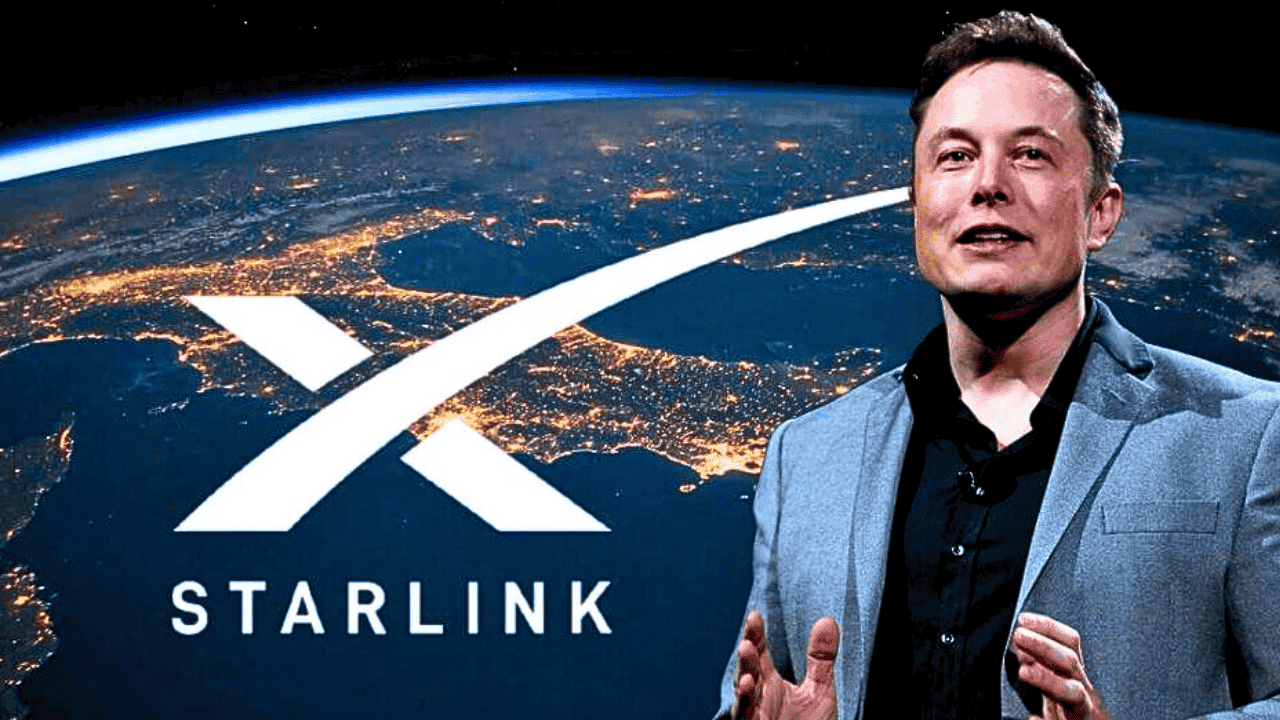Explore India’s unique AI governance strategy, global comparisons, and policy gaps. Essential for UPSC, SSC, and Banking exams. Key current affairs for March 2025.
India’s AI Regulation Journey: A Critical Analysis for Competitive Exams
As Artificial Intelligence (AI) reshapes economies and societies, India’s regulatory approach stands out for its flexibility and ambition. Unlike the EU, China, or the U.S., India has opted for a mission-driven strategy rather than formal legislation. Here’s a breakdown of India’s AI governance framework, global parallels, and emerging challenges.
Global AI Regulation Landscape
Over 85 countries have published National AI Strategies, but only a few (like the EU and China) enforce binding laws. Key models include:
EU’s Risk-Based AI Act: Bans harmful AI (e.g., social scoring) and mandates transparency for high-risk systems.
China’s Sector-Specific Laws: Targets generative AI and deep synthesis technologies.
U.S. Decentralized Approach: Sector-specific guidelines with limited federal oversight.
India, however, has no formal AI law or strategy document. Instead, it relies on the IndiaAI Mission (launched in 2023) and the Digital Personal Data Protection (DPDP) Act, 202339.
India’s Unique Approach: Flexibility vs. Gaps
1. Mission-Driven Focus
The IndiaAI Mission prioritizes innovation through seven pillars:
Foundational AI models
AI skill development
Startup funding
Ethical AI frameworks
Unlike China’s rigid laws, this allows adaptability but lacks accountability mechanisms712.
2. NITI Aayog’s 2018 Strategy
Though never formally adopted, this document proposed:
Sector-specific AI adoption (healthcare, agriculture).
Ethical guidelines to prevent bias and exclusion.
Collaboration between academia and industry.
3. DPDP Act, 2023
India’s cross-sectoral data law, inspired by the EU’s GDPR, mandates:
Consent-based personal data processing.
Penalties for breaches (up to ₹250 crore).
Exemptions for publicly available data (key for AI training)39.
Key Gap: No AI-specific safeguards against algorithmic discrimination or deepfakes512.
Challenges in India’s AI Governance
Voluntary Guardrails: Most AI ethics guidelines (e.g., transparency, fairness) are non-binding.
Public Awareness Gap: Limited discourse on AI’s risks in banking, healthcare, and education.
Social Harm: AI-generated deepfakes fueled violence during the 2024 elections511.
Accountability: No clarity on liability for AI errors in governance or private sectors712.
Lessons from Global Models
India could adopt a hybrid regulatory framework:
| Model | Pros | Cons |
|---|---|---|
| EU-style GDPR | Strong privacy safeguards | Inflexible for rapid innovation |
| China’s Focused Laws | Targets high-risk AI uses | Centralized control stifles growth |
| U.S. Sectoral Approach | Encourages innovation | Fragmented enforcement |
Short-Term Solution: A National AI Policy outlining vision, infrastructure plans, and ethical benchmarks1214.
Key Takeaways for Competitive Exams
India lacks a formal AI law but relies on the IndiaAI Mission and DPDP Act.
DPDP Act, 2023 enables AI training via publicly available data but lacks bias mitigation rules.
Global models suggest hybrid frameworks balance innovation and accountability.
Risks: Deepfakes, job displacement (75 million jobs at risk by 2025), and algorithmic bias511.
Policy Recommendations: Public awareness campaigns, pilot enforcement tools, and sector-specific AI audits.
Why This Matters for Exams
AI regulation intersects with Governance, Ethics, and Economy—core themes in UPSC, SSC, and Banking exams. Expect questions on:
DPDP Act’s role in AI development.
IndiaAI Mission’s seven pillars.
Comparisons with EU’s AI Act or China’s generative AI laws.
Stay updated with Atharva Examwise for more daily GK updates and competitive exam news on India’s tech policy landscape.
current affairs March 2025, daily GK update, Atharva Examwise current news, competitive exam news.







